7 Ways to Onboard a Rockstar
When you hire a new guy or gal, your job isn’t done when they walk in the door. In fact, it’s just starting.
So how do we ensure the newest person on our sales crew is ready to be a rockstar for our customers? Here are 7 ways…
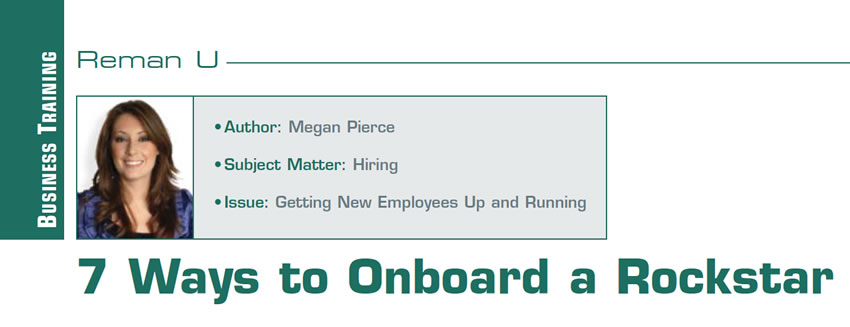
BEING A GREAT CLUTCH HITTER
Clutch replacement has always been a steady source of business in the transmission repair shop. More and more general repair facilities are swapping clutches to add to their cash flow. There are a number of OEM quality clutch replacement sets available in the marketplace from LuK, Daikin/Exedy, Valeo, Sachs, etc. that provide OEM parts at reasonable prices. No matter how good the parts are that you are using, the installer has the responsibility for a thorough, proper installation. Anytime a manual trans is removed from the vehicle, the clutch also should be removed and inspected. A few more minutes of labor can produce added revenue from the job, decrease the chances of warranty problems, and ensure that the clutch was not the cause of the transmission failure. It is very important to make sure that the clutch is capable of transferring all of the engine torque to the transmission, and that when the clutch is disengaged there is a complete disconnect of the transmission from the engine torque. A slipping clutch will damage the clutch friction components, a clutch that does not release completely causes notchy, grinding shifts and does immediate damage to the synchronizer and speed gear components in the transmission.
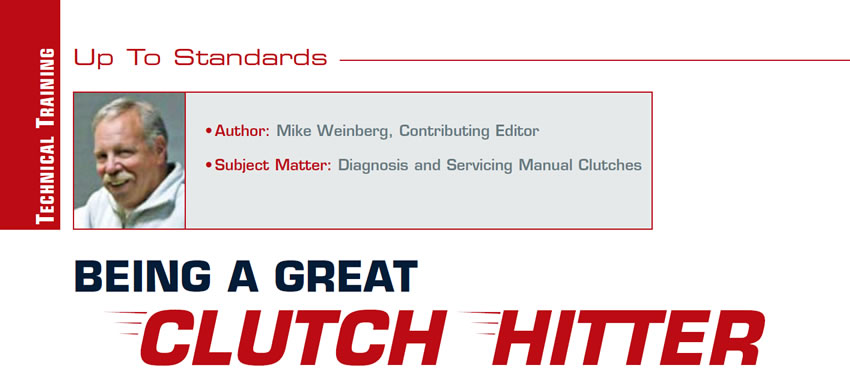
March 2015 Issue
In This Issue
Land Rover Bearing Noise
Chevy 2500 Truck Adapter Failure
6T70/6F50 Transmission End Covers
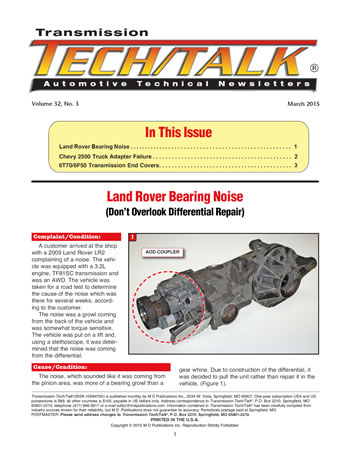
(Avoid a Square Peg in a Round Hole)
Who knew back in 1989 when the E4OD was launched what the time-frame footprint would be or how many changes would occur, let alone that it would grow into a five speed automatic?
For the repair industry, the big RWD family of transmissions has been pretty profitable due to failures, but at times somewhat troublesome due to rebuilding issues and component upgrades. Some upgrades have been fairly straightforward and inexpensive while others were more complex and costly. The four speeds certainly had modifications and upgrades; however, those models pale in comparison to the five speeds.
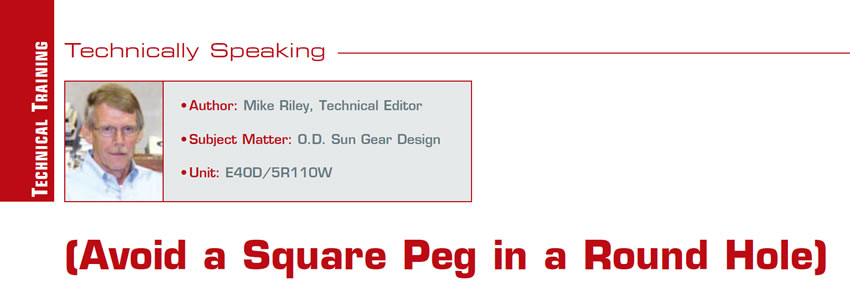
Telephone Procedure Dos and Don’ts
I began investigating how to maximize leads in today’s shops last year by interviewing some online lead experts, since that is where all the leads are nowadays. The common opinion in their line of work was that they would be a lot more successful if the managers in our industry knew how to answer the phone properly and convert their leads into jobs. I know there is a lot of truth in that because I have listened to recordings of my managers and when I saw them next, it was all I could do to keep my hands off their throats; however, there are a lot of managers out there in our industry that are trained on proper telephone procedure and know how to set a lead. The lead guys like them. Good salesmen make them look good. But, on the other hand, a good lead guy can make a salesman look good too.
THE MOVE FROM HELL
Moving is never easy, especially when it’s half way across the country to a place you’ve only visited a couple of times. Uprooting your family and changing your lifestyle from one that you’ve known for most or all of your life can be traumatizing. I’ve always prided myself in being adaptable and I’m sure I’ll get used to my new surroundings quickly but that wasn’t nearly my biggest problem with this move.
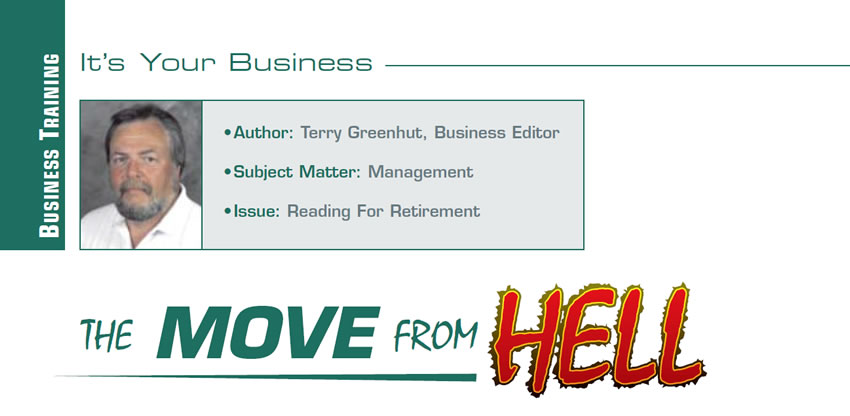
Vacuum Testing Aisin AW TF-60SN, BMW 6F21WA & VW/Audi 09G, 09K, 09M
From the TASC Force we reprint a series of in-depth test instructions for checking the serviceability of valve bodies.

CAN U Communicate?
By now, most of us have had to deal with a CAN (Controller Area Network) communication “U” series code at one time or another. Most of the time, diagnosing one these codes is fairly straightforward, given all of the articles and technical publications that have been written regarding these problematic codes. In most cases, it just comes down to identifying the module that isn’t communicating with the other modules on the CAN bus line for whatever reason. Generally, it’s some type of lost voltage or a poor ground in the circuit wiring to the module in question. So, what happens when all your diagnostic tests and checks take you down a dead-end road, and the actual problem ends up being a component that shouldn’t have had anything to do with a communication error code? I’m sure there may be a few engine drivability techs out there who have run into the situation that I’m about to cover, but it was a first for me.
